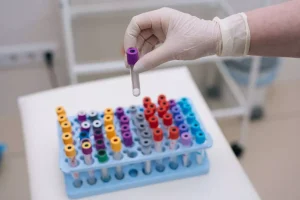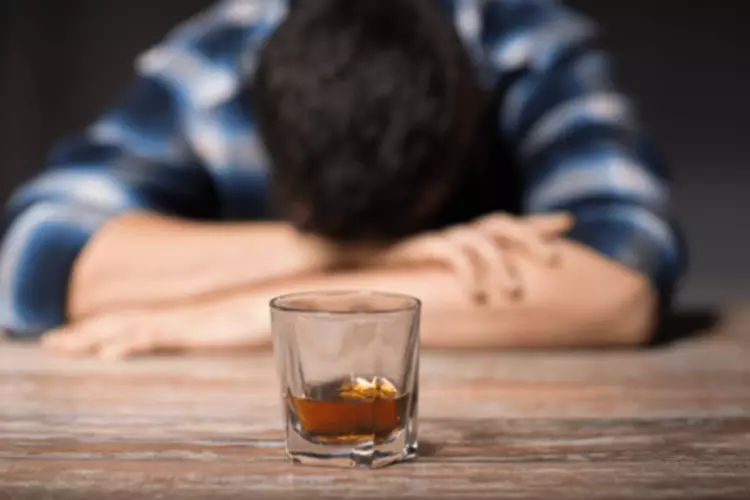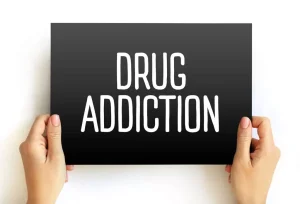Mixing Cocaine & Alcohol: Dangers, and Long-Term Risks
Category : Sober living
Anyone who is concerned about cocaine use should see a doctor or a local support group for beating addiction. Medications can treat the symptoms related to cocaine withdrawal, but there is no substitute drug that can effectively help a patient recover from a cocaine dependency. Cocaethylene prolongs the euphoric effects of cocaine and makes them more intense. The basal ganglia, a part of the the difference between mdma ecstasy and molly brain that houses the reward system, was found to be larger among individuals who were dependent on cocaine. It raises levels of dopamine, a neurotransmitter linked to pleasure, movement, and the brain’s reward circuit. In powder form, it usually consists of cocaine hydrochloride diluted with other substances, such as lidocaine, a local anesthetic, sugars (lactose), inositol, and mannitol.
How Long Does Cocaine Stay in Your System if Mixed With Other Substances?
And although we do not treat cocaine addiction, our team has broad experience in substance abuse, and can tailor support to your needs. In addition to the production of cocaethylene, some drinkers believe that they can imbibe over longer periods of time because they do not feel the effects of alcohol, since cocaine sharpens their senses. This can be deadly, because a user will tend to drink more when they are unable to feel the consequences of doing so. Cocaine is a profoundly addictive stimulant drug that produces euphoria, increased energy, and talkativeness. It is most often snorted or dissolved in water and injected into a vein.
Treatment for Stimulant and Alcohol Addiction
Anyone who has or knows someone who has a drug addiction may wish to consider contacting a support network. Following consumption, alcohol can show for up to 6 hours in a blood https://sober-home.org/can-you-drink-alcohol-on-vivitrol-or-will-you-get/ test, 24 hours in a urine or saliva test, and 90 days in a hair test. Dealers may also mix cocaine with other additives, such as flour, talcum powder, or other drugs.
Getting Help for Cocaine Addiction
It has been reported that the risk of sudden death is 20 times greater for use of cocaine and alcohol together than it is for cocaine use alone (Kinney, 2009). Combining cocaine with alcohol can cause death from overdose at cocaine levels which are only one tenth of those known to be fatal with cocaine use alone (Perrine, 1996). Treatment for co-occurring disorders is available for people struggling with polysubstance use or mental health conditions that may also be present. American Addiction Centers (AAC) is a leading provider of cocaine rehab, and alcohol addiction treatment with facilities across the U.S. Combined alcohol and cocaine use is also linked to an increase in suicide, according to a study at Brown University. Researchers looked at over 800 patients who reported to the emergency department for suicidal thoughts or suicidal behaviors.
Effects of alcohol
Research indicates that cocaine use can significantly increase the risk of a heart attack or stroke. The scientists believe that the basal ganglia were already enlarged before the addiction began. This would suggest that some people might be more vulnerable to the addictive effects of cocaine. Some studies have shown that those who inject or smoke cocaine have a greater risk of complications than individuals who snort it. Smokers tend to develop an addiction more rapidly than those who snort.
Cocaine and alcohol: here’s why they’re such a deadly combination
- Simultaneous alcohol use results in a modest increase in cocaine plasma levels but does not largely change the cardiovascular effects induced by cocaine [46].
- If you have questions about food or drink interactions with your medicines, your pharmacist is a great resource.
- They frequently end up using more of one or both substances, which can lead to adverse and deadly consequences.
- The combo leads to the production of a metabolite called cocaethylene, which is considerably stronger than cocaine or alcohol alone.
- Some people process cocaine into a rock and smoke it, which we’ll get to next.
It’s important to choose a program that offers individualized treatment plans, as the path to recovery is unique for each person. The cost and duration of treatment vary, and many insurance plans provide coverage for addiction treatment under the Mental Health Parity and Addiction Equity Act. CE showed cardiovascular effects grossly similar to cocaine alone, leaving it unclear whether CE really poses an additional pharmacodynamic cardiovascular risk. However, it remains to be resolved whether the simultaneous use of john carter author at sober home leads to more severe complications compared to the use of cocaine alone, which may lead to a higher number of ED admissions. The current systematic review therefore outlines the cardiovascular complications of alcohol combined with cocaine compared to those following the use of cocaine alone, including the underlying interactions between both substances.
American Addiction Centers (AAC) is committed to delivering original, truthful, accurate, unbiased, and medically current information. We strive to create content that is clear, concise, and easy to understand. If you or someone you care about use alcohol and cocaine, you should be aware of the potential risks and dangers. If you or a loved one are struggling with a cocaine or alcohol addiction, The Recovery Village is here to help.
At higher doses, cocaine may induce behavioral changes including paranoia, aggression, and violence; cocaine has potentially life-threatening cardiotoxic effects [1]. When cocaine and ethanol are used together, a psychoactive metabolite is produced with similar pharmacological and psychoactive properties as cocaine [2]. This metabolite, cocaethylene, is considered more toxic to the cardiovascular and hepatic systems than cocaine, the parent drug, and it has a longer plasma elimination half-life (about 2 hours) than cocaine (about 1 hour) [3]. There are other metabolites produced as well but they go beyond the scope of this review. The serum concentration of cocaethylene is not readily predictable because it is based on the timing of the use of ethanol with cocaine and the quantities used [3]. Substance use disorders often coexist with mental health conditions, a phenomenon known as dual diagnosis or co-occurring disorders.
In this study, subjects reported that the combination of cocaine plus ethanol was more intoxicating and pleasurable than either agent alone [20]. People can recover from cocaine and alcohol use disorders, and treatment can help them abstain from the future use of these drugs. Combining cocaine and alcohol can cause serious long-term mental and physical health complications. Treatment for cocaine and alcohol addiction may involve a medical detox.
Taking cocaine and alcohol together produces far more dangerous side effects than taking just one or the other. If you think you or a loved one might have a problem with cocaine, alcohol, or another substance, reach out to a healthcare provider. Cocaine dependence develops when there’s a change in the brain’s reward system from constant release of dopamine. After a while, you need more of the drug to get the same desired feelings and to avoid withdrawal.
This law can enable emergency responders to reach people faster and save lives. In the U.S., alcohol is legal for people over the age of 21 to purchase. Cocaine is legal for some specific medical treatments but illegal for recreational use. Cocaine is a powerful stimulant that affects the central nervous system. It is a highly addictive drug, and its recreational use is illegal in the United States.

















